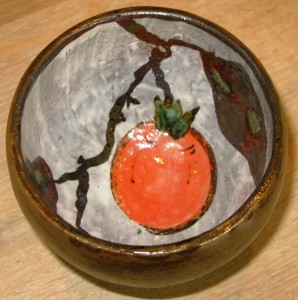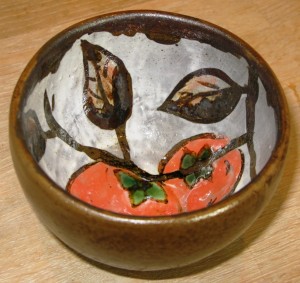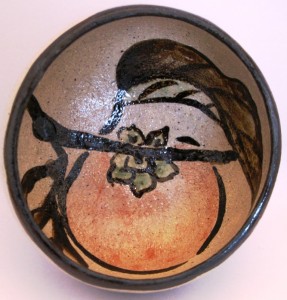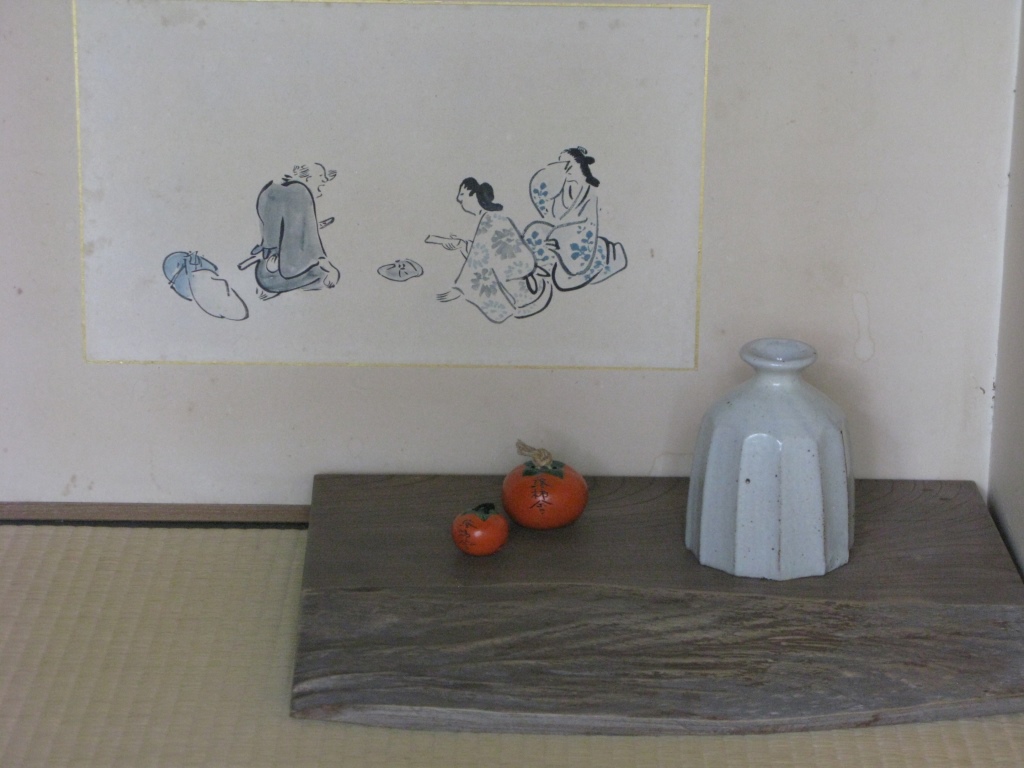November, Kyoto Arashiyama, Japan.
Originally coming from East Asia, China, Japan and Korea, the khaki is the fruit of the persimmon.
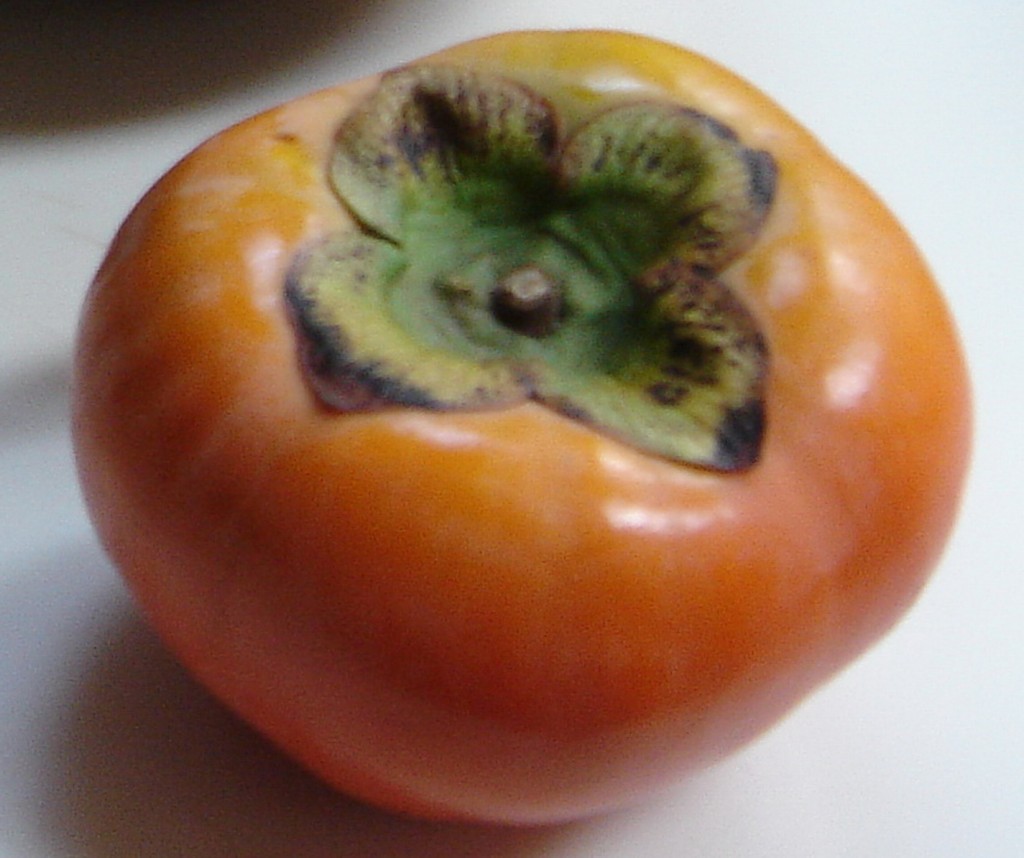
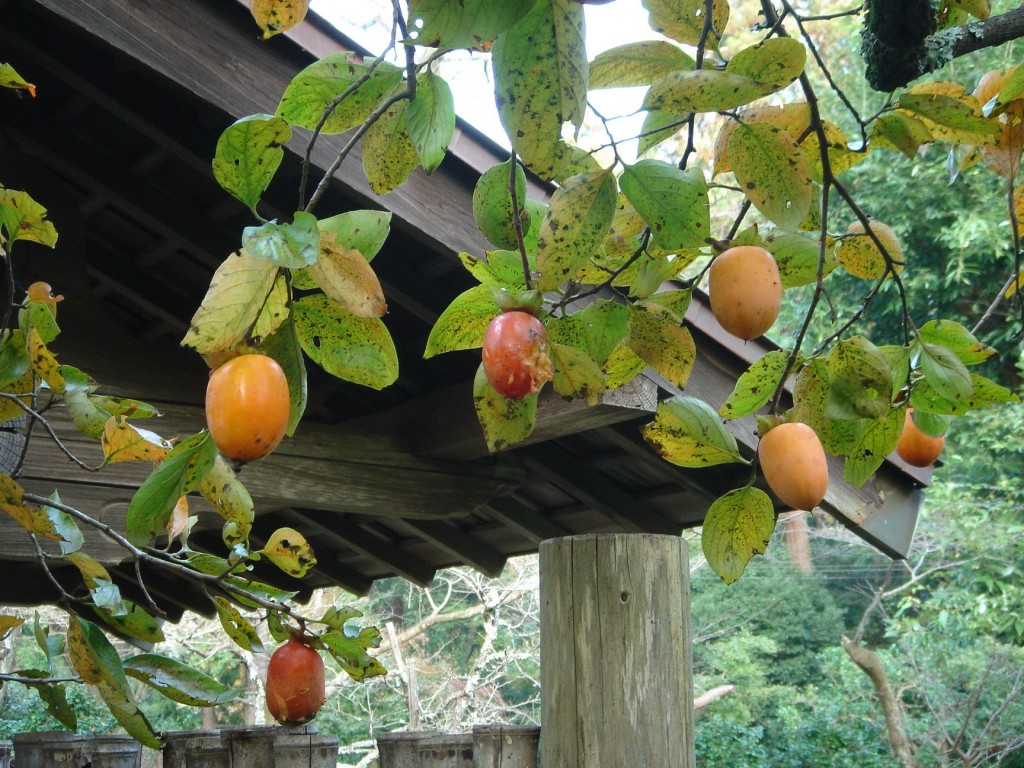
In autumn the persimmon comes as a gift and in Japan there are many ways to consume and enjoy it.
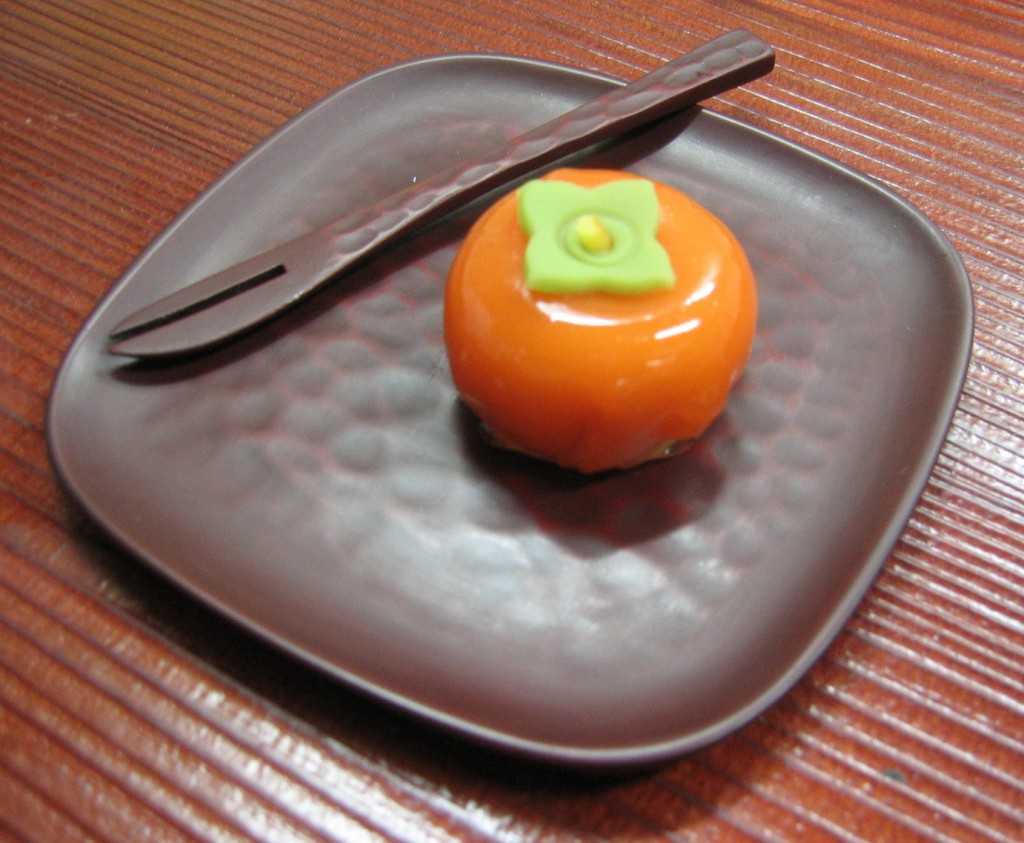
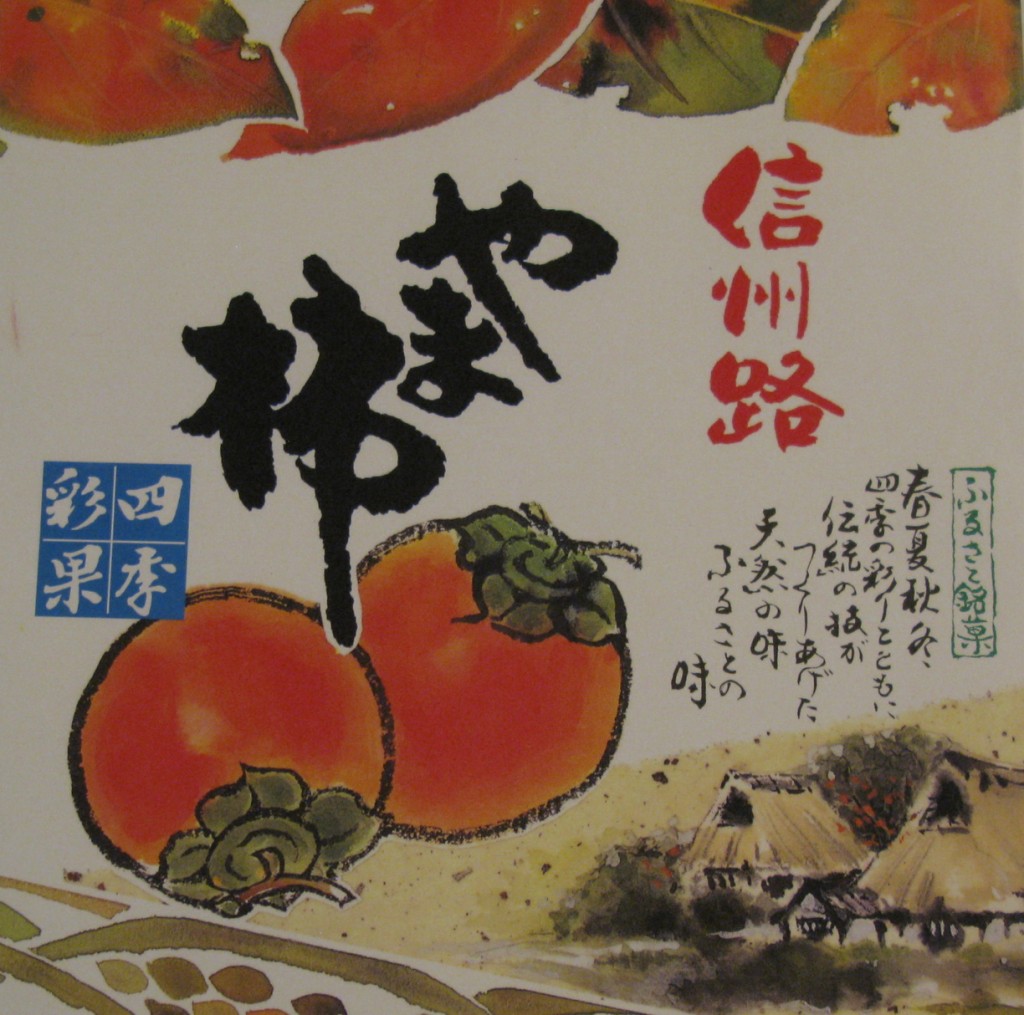
In November, well after the leaves have left the trees the fruits are still hanging on the branches. In the countryside and in the courtyard of the temples these orange balls, contrasting with autumn colours, contribute to a beautiful scenery.
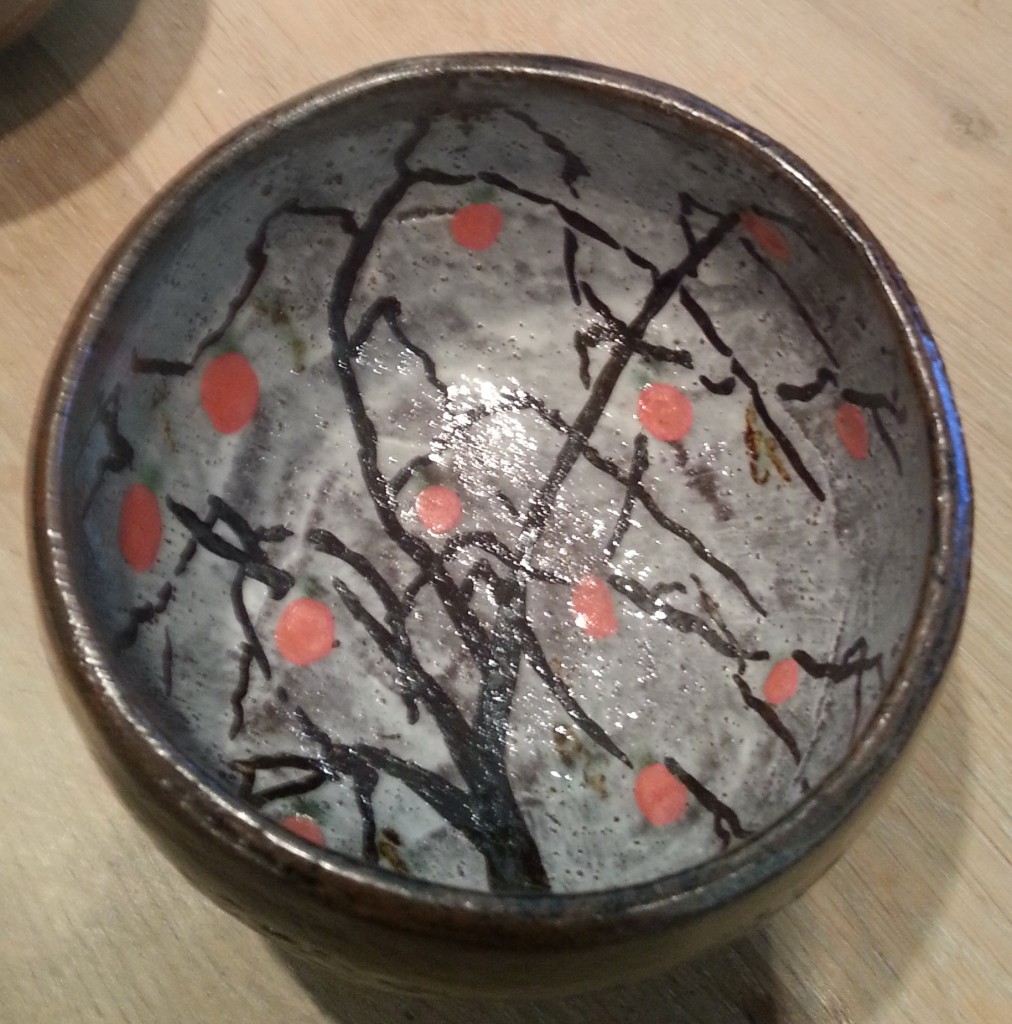
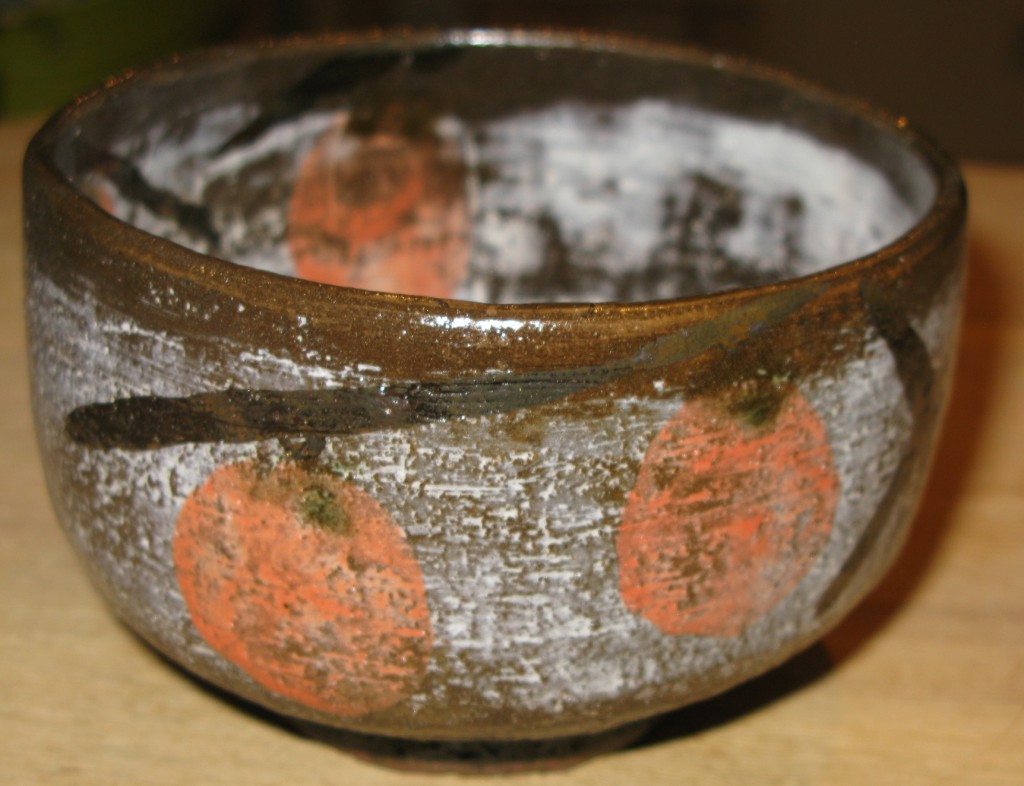
Le kaki si souvent illustré dans la peinture à l’encre (sumi-e) est aussi présent en poésie. Dans la partie nord de la ville de Kyoto, à Arashiyama, se trouve un petit ermitage ou un temps, invité par l’un de ses élèves, Mukai Kyorai, le poète Matsuo Basho séjourna. Il y rédigea une partie du ¨journal de Saga¨.
Often depicted in ink painting (sumi-e), the khaki is also present in poetry. In the northern part of the city of Kyoto, in Arashiyama is a small hermitage where invited by one of his students, Mukai Kyorai, the poet Matsuo Basho stayed for a while at that time he was writing the Saga journal.
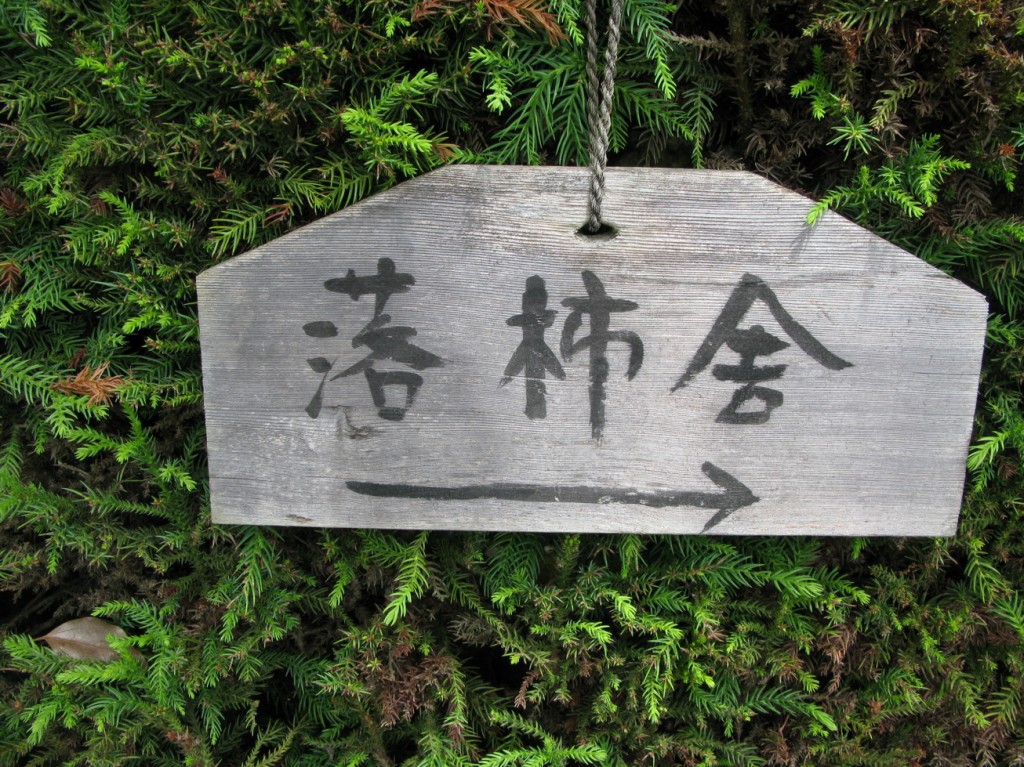
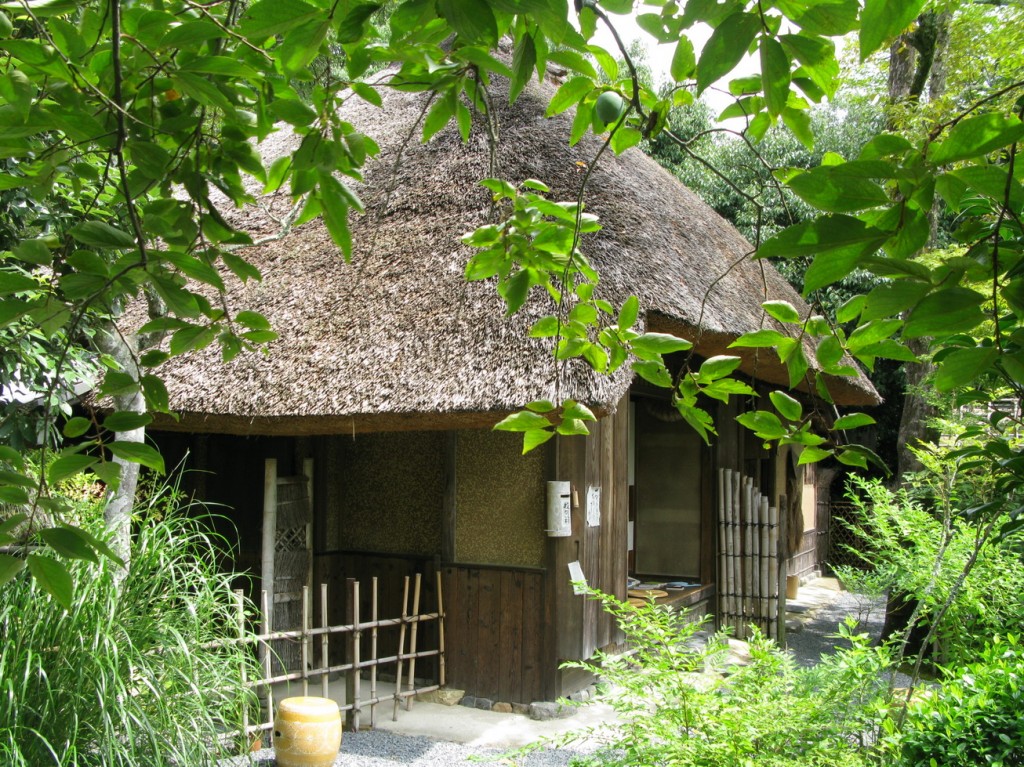
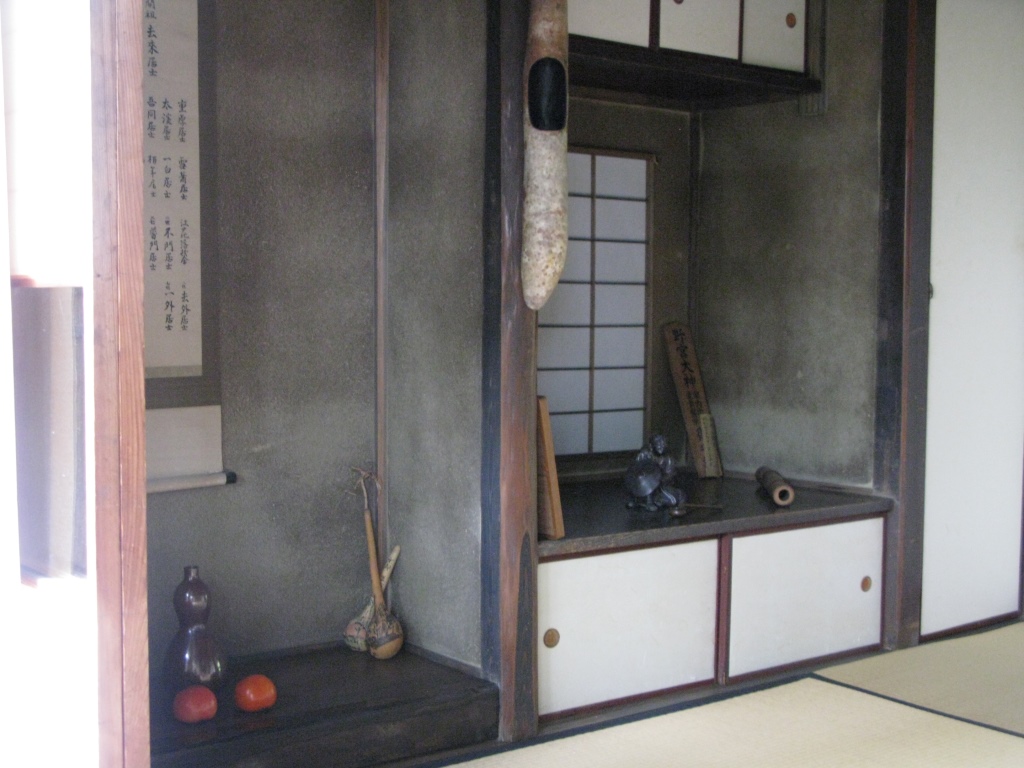
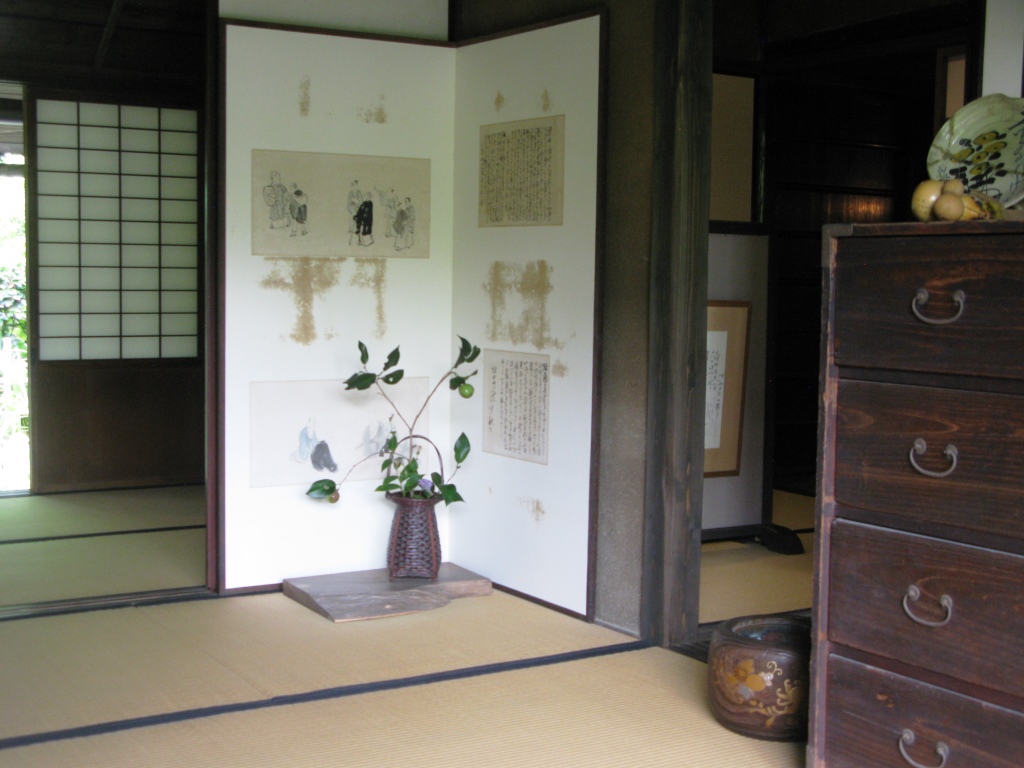
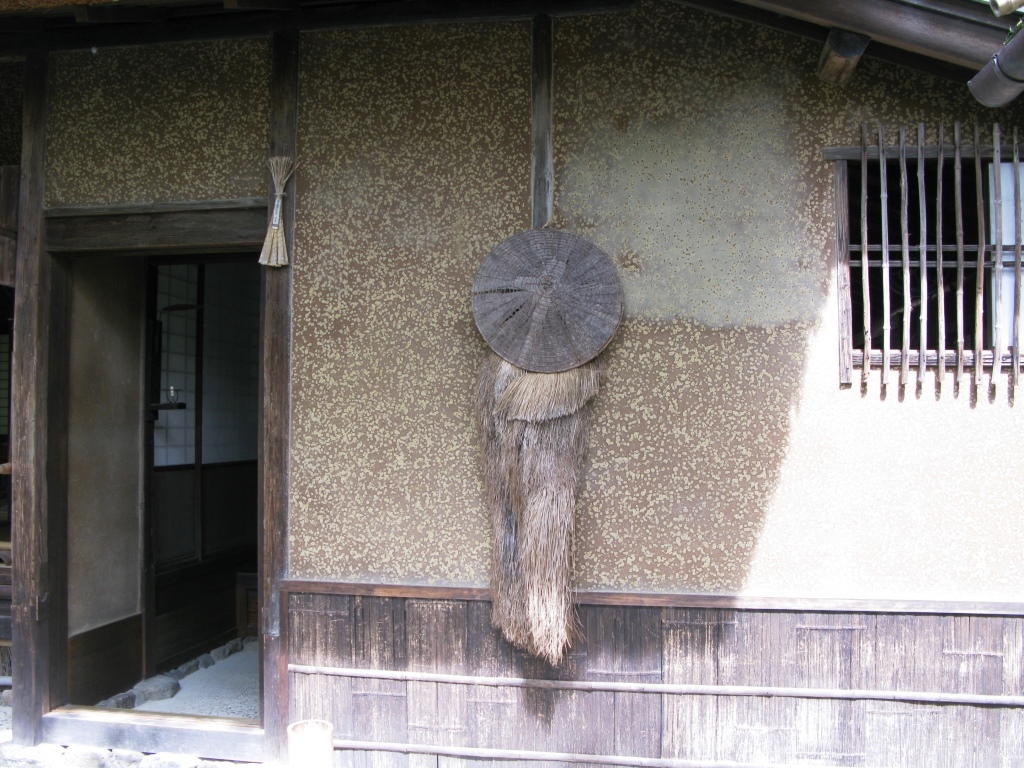
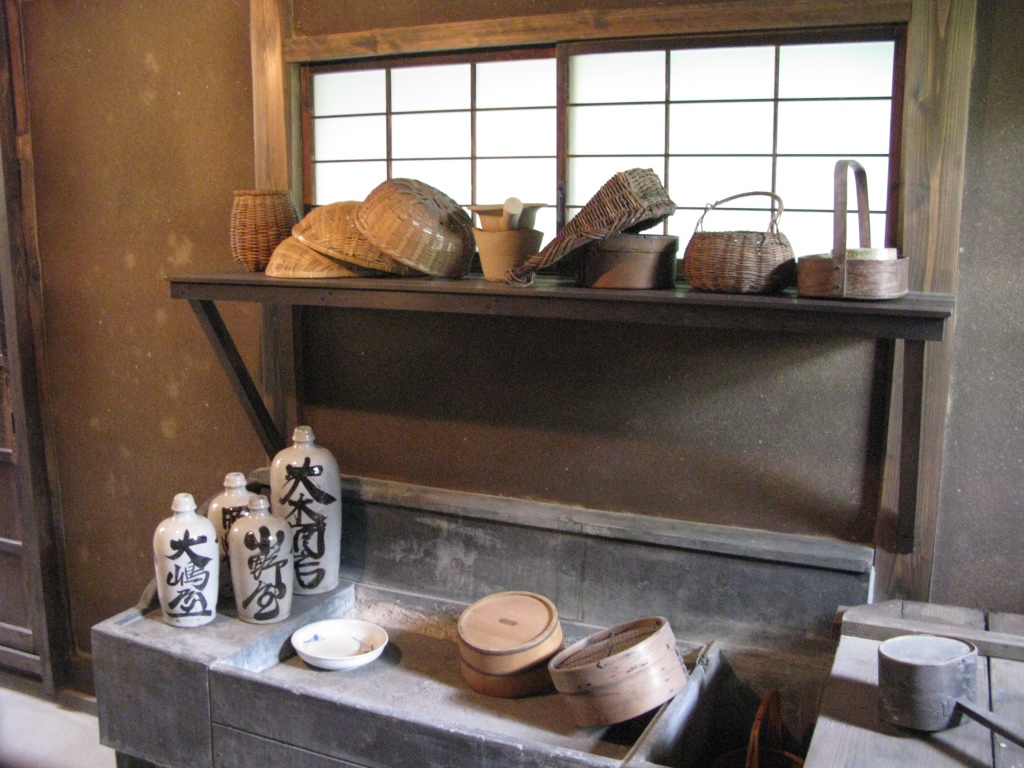 Raincoat and hat.
Raincoat and hat.
The house was surrounded by persimmon trees. While the trees were filled with fruits ready for harvest, all already sold to a Kyoto merchant, one evening the storm roared and in the morning all the fruits were found on the ground. It is on this very occasion that the hermitage found its name: the hut of the fallen persimmons (rakushisha 落 柿 舎).
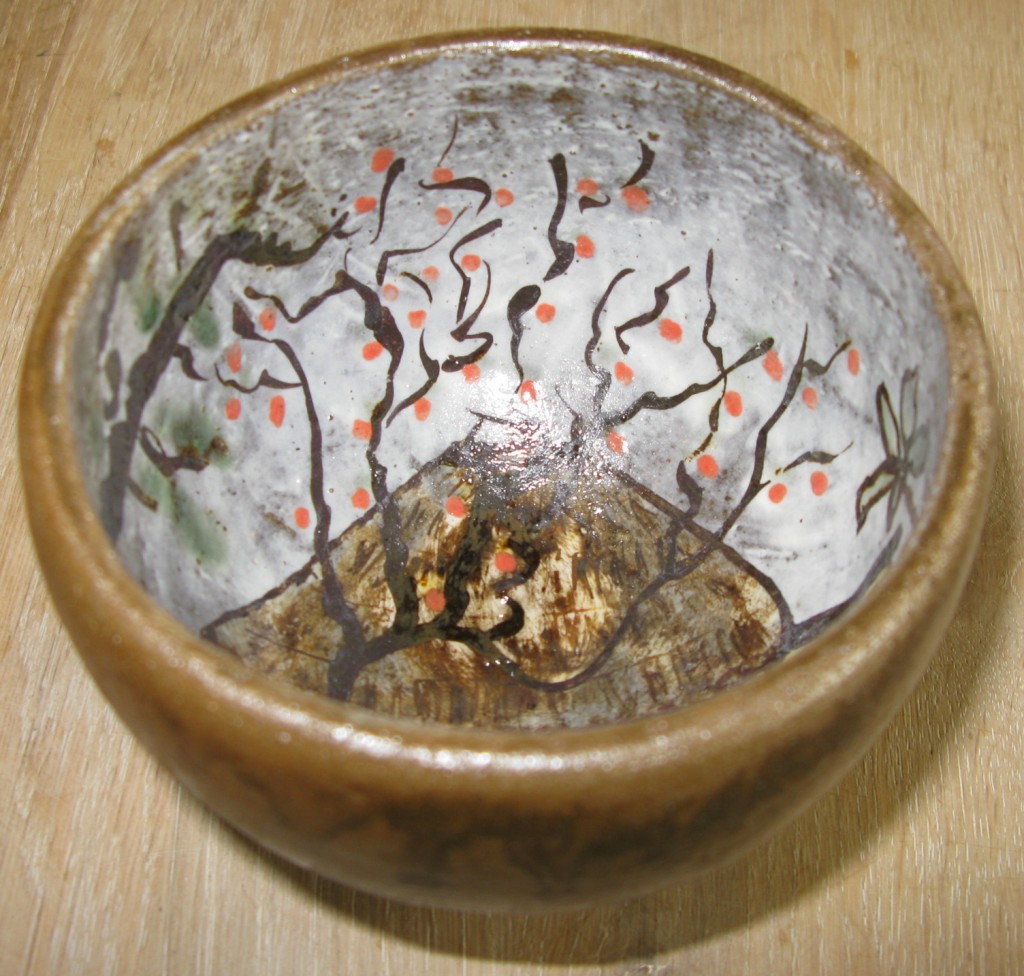
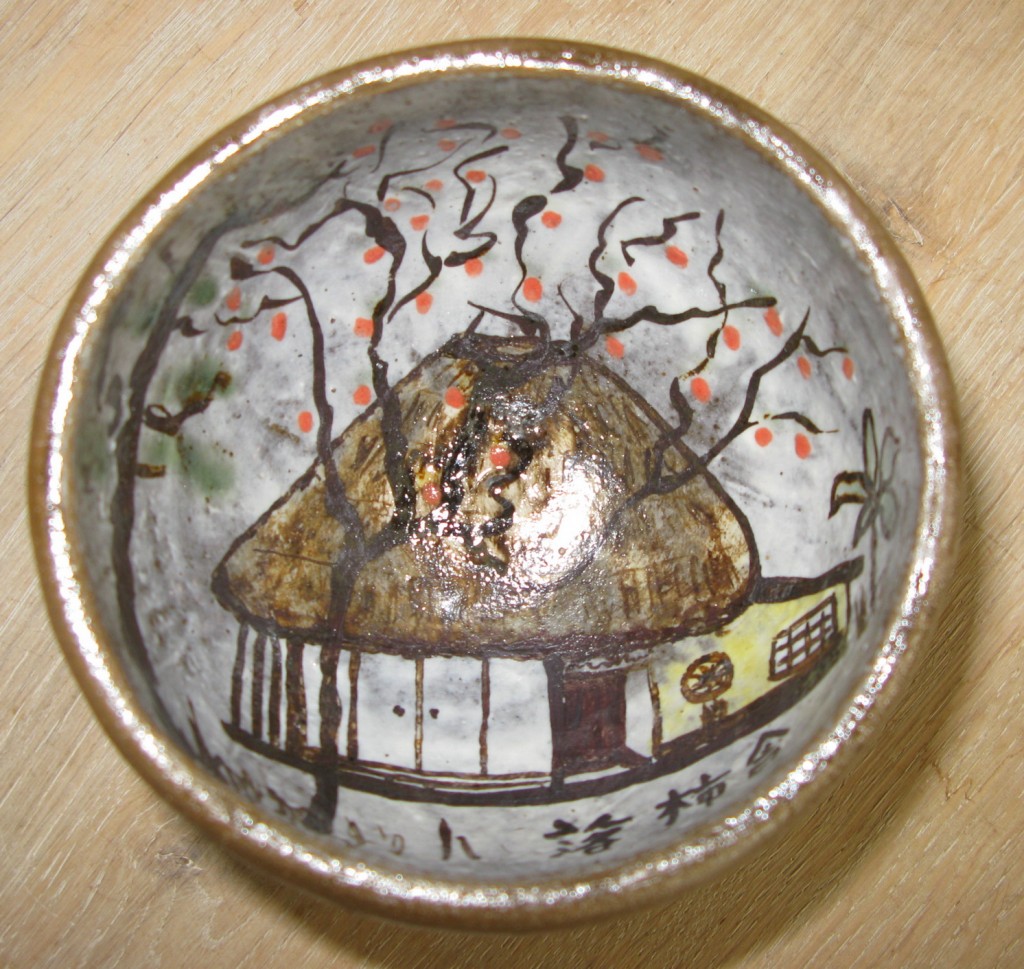



It is the memory of so multiple visits to this place, always following the footsteps of the poet and inspired by his travel journals that pushed me to make a series of bowls commemorating both autumn and the hermitage to the fallen persimmons.
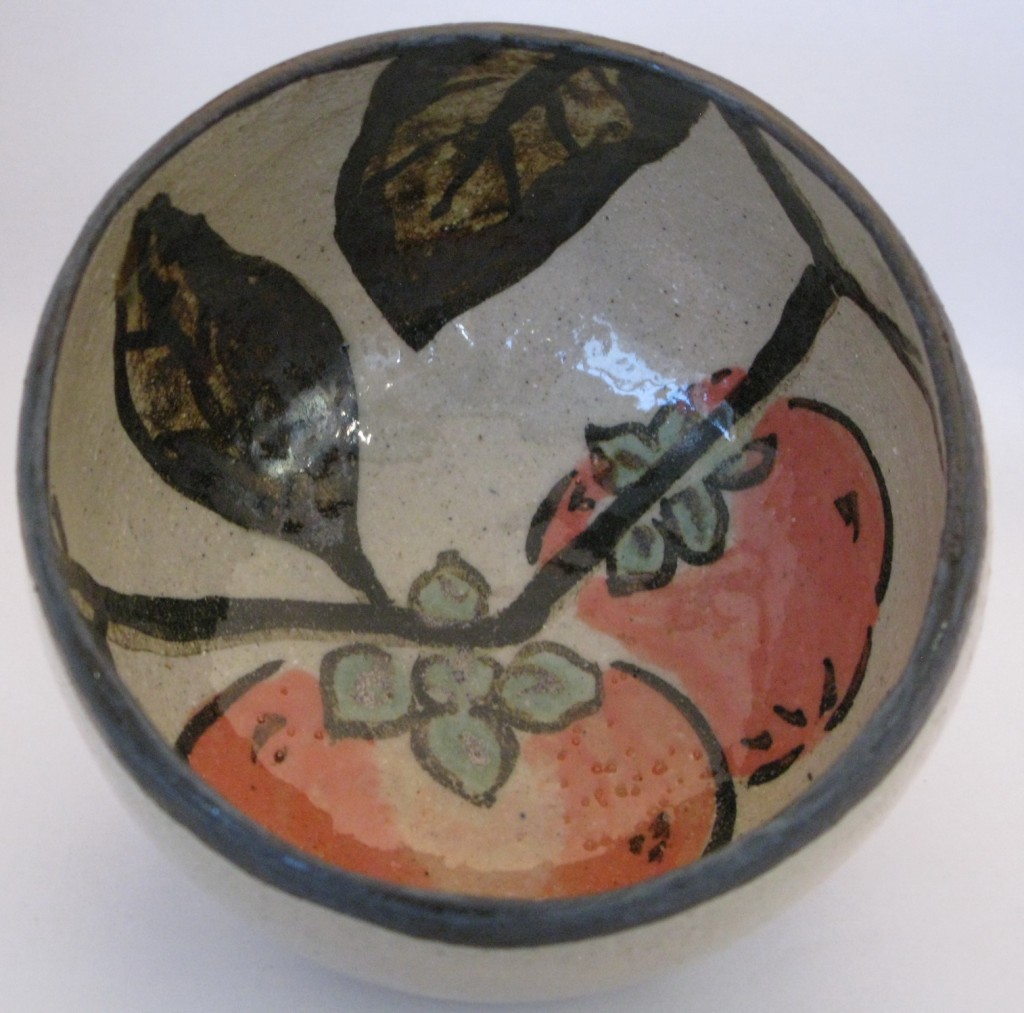
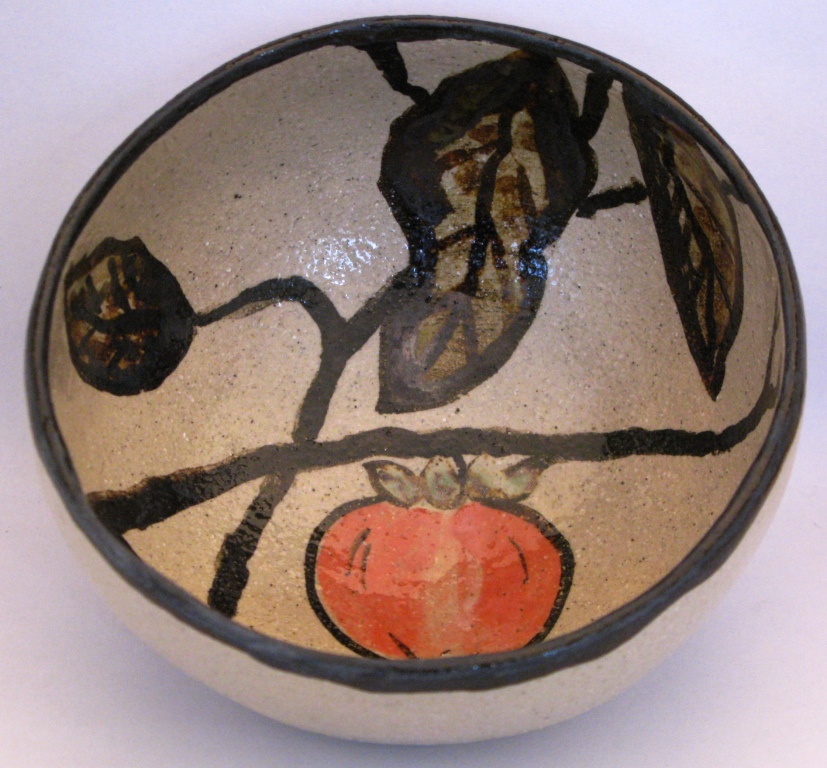
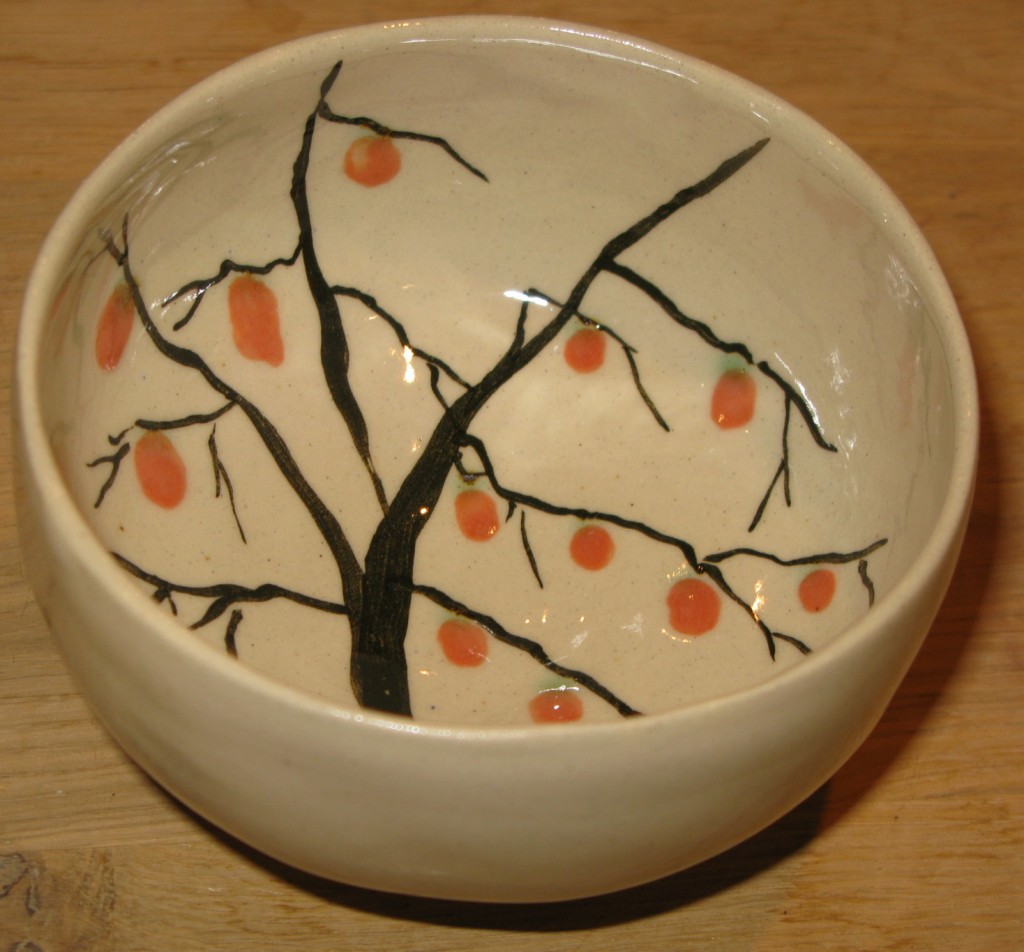


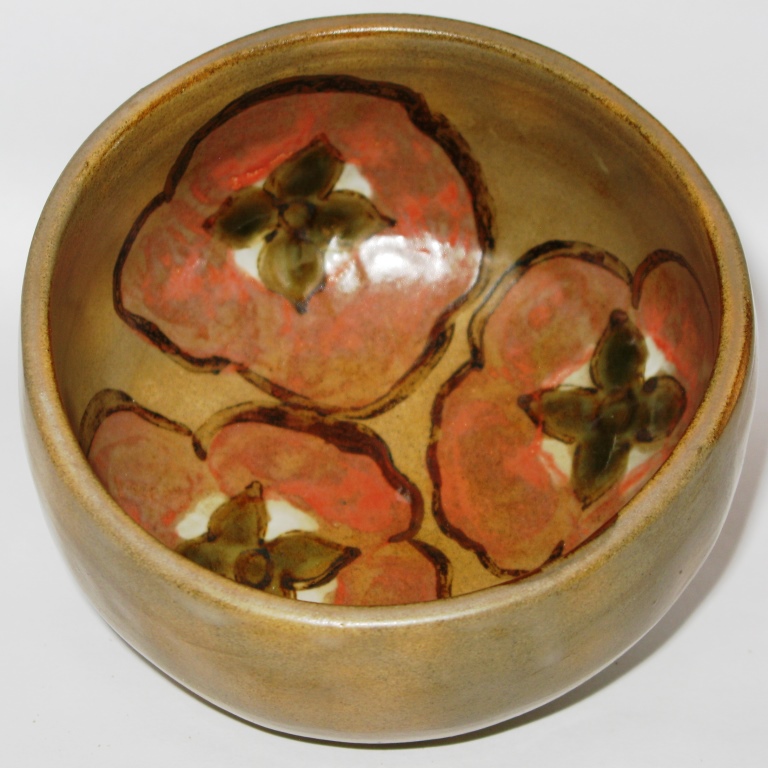
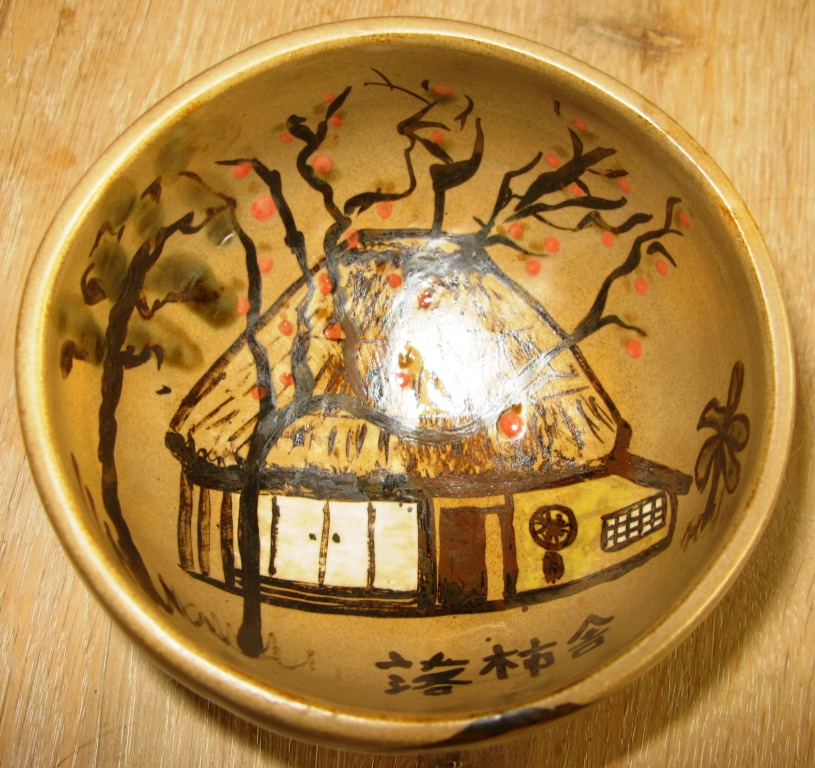
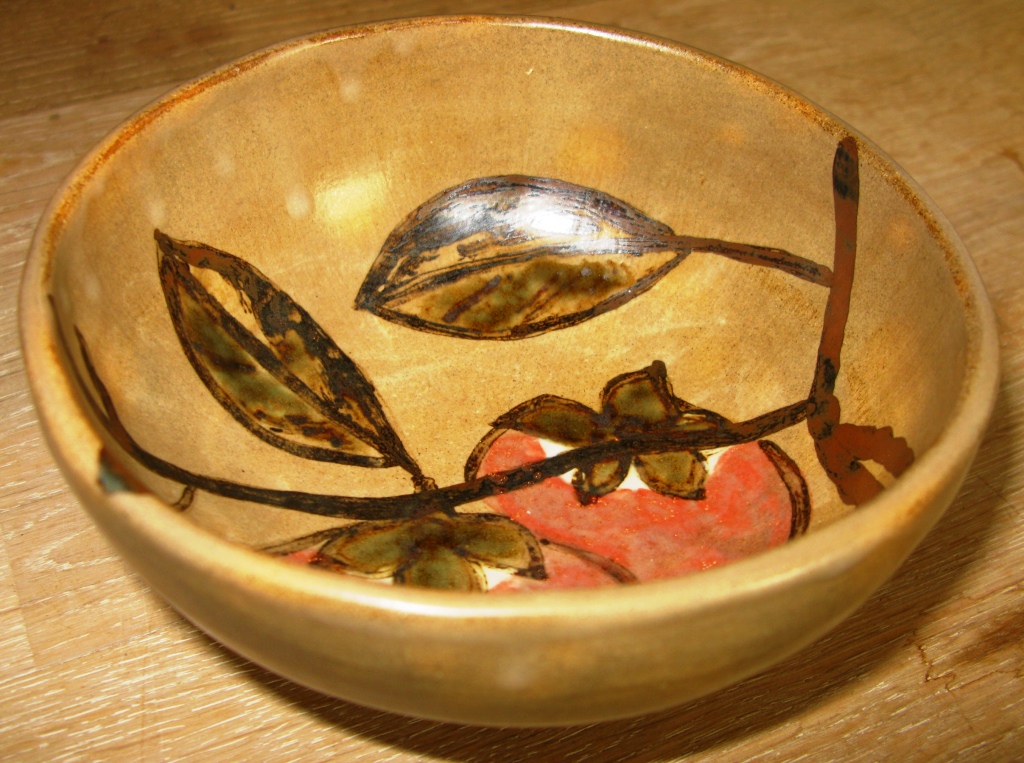
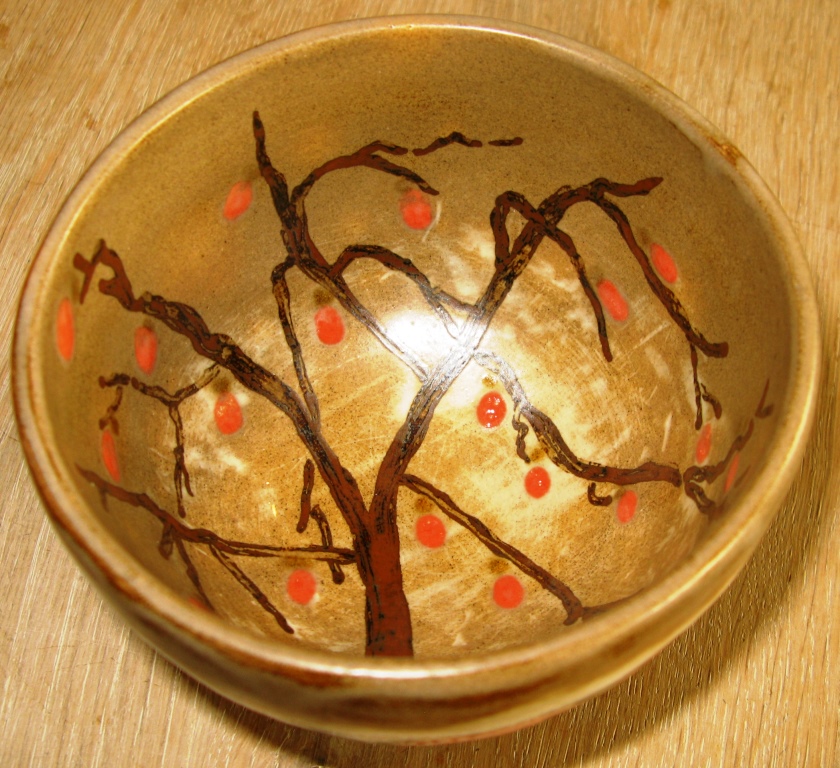
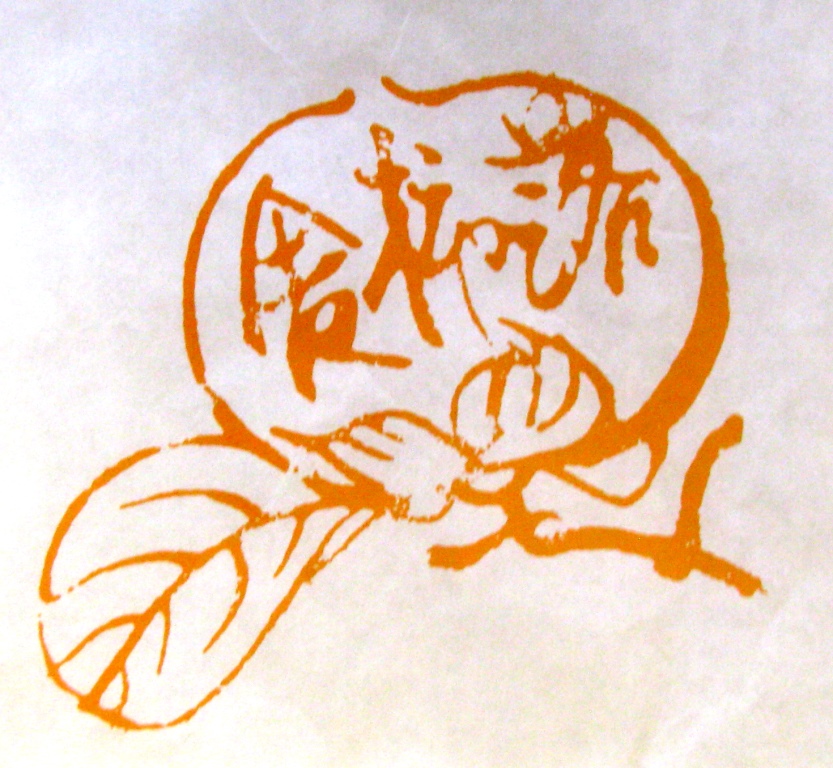 some bowls can still be found at the atelier
some bowls can still be found at the atelier

